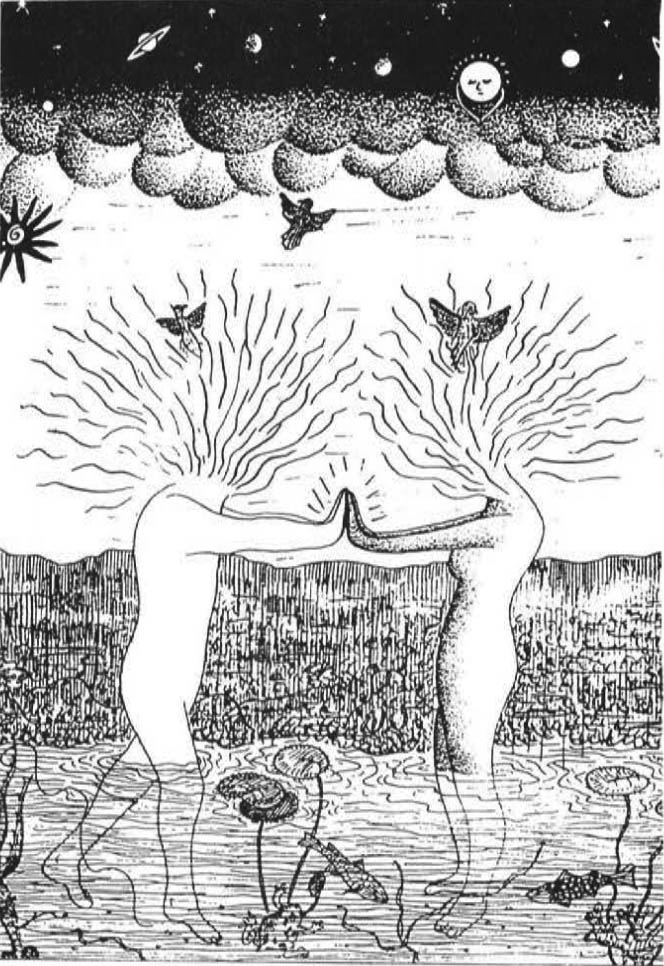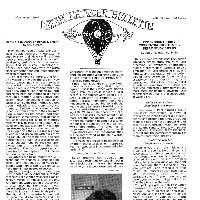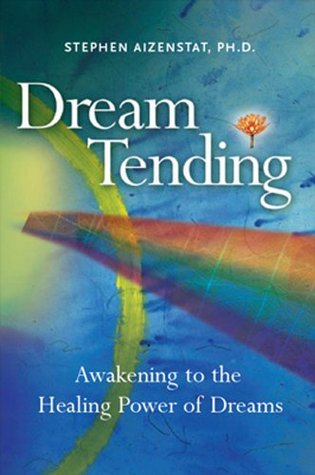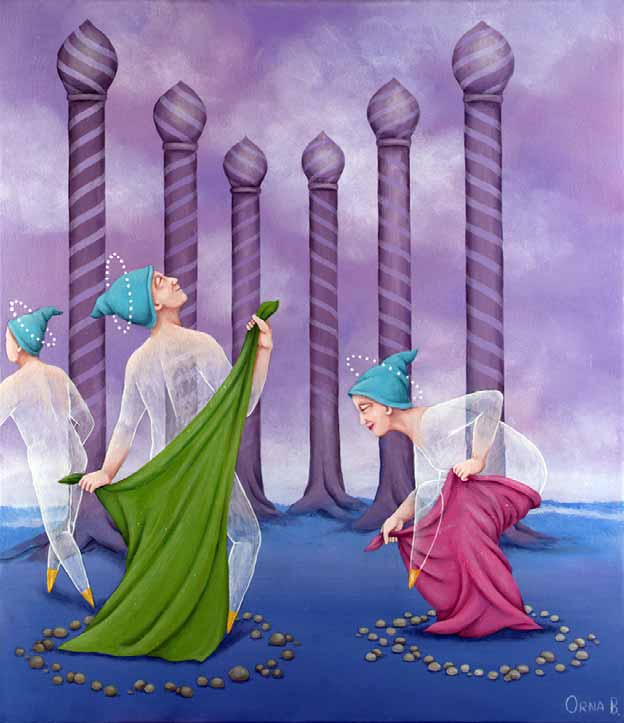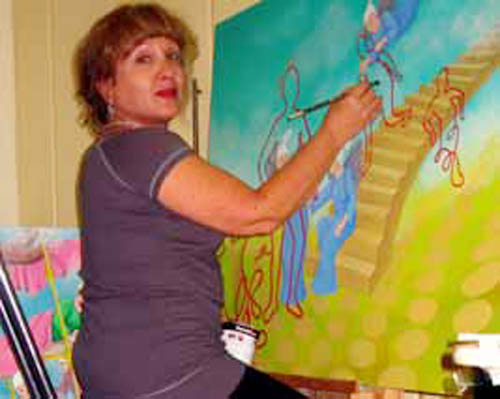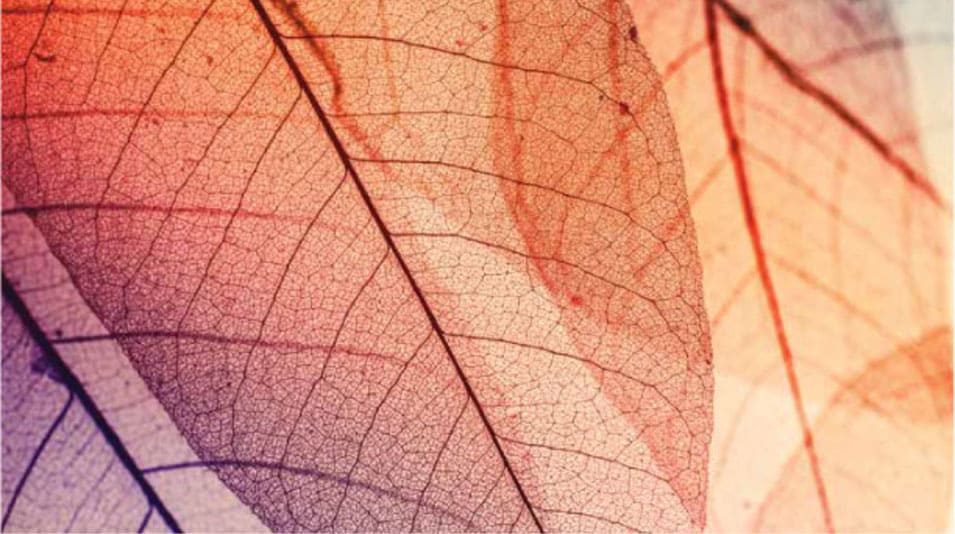After twenty years of lucid dreaming and many hundreds of lucid dreams, I had had it.
The maya of dreaming, the maya of waking and the maya of being consciously aware in the dream state, I discovered, all seemed creative constructions that were activated and informed by my thoughts, expectations, feelings, and beliefs. My experienced reality, I came to see, was largely self-created and self-reflected.
Yet somehow I intuitively felt that behind all of this maya was something—some motivating force, some energy, some thing beyond me and my beliefs, thoughts, and expectations. It seemed to me that beyond the symbolic feedback and entrancing worldly drama of samsara must lay the source of the myriad worlds. I sought the source.
It was then that I realized I had only one choice: to go beyond lucid dreaming; to let go of my own expectations, my thoughts and limiting conceptions, my self history and attachments—to let it all go and then experience the reality beyond thought and belief, the base reality, the source of what is.
For years in lucid dreams, I had surrendered to the awareness behind the dreaming. Consciously aware in the dream state, I would shout out, “Show me something that I should see!” and then watch as I was deposited, conscious and aware, into a powerfully meaningful dream setting. Lucidly surrendering to the awareness behind the dreaming taught me to trust implicitly the larger nature of the dreaming self and its wisdom.
But now, I knew that to experience the reality behind all of this, meant letting go of all of this. To surrender to one’s inner self was one thing, but to surrender to the source of maya took surrendering to a completely new level.
Lying awake in bed one night at this time, I inwardly heard the question, “So you are ready to let go of everything? Every thought, every memory, every belief?” Because I truly had had it with maya, I answered, “Yes!” The quiet voice returned with a simple analysis, “So you’re willing to allow yourself to cease?”
That question brought a sober finality to my quest. How far was I willing to take this venture beyond lucid dreaming? How deeply did I want to know what lay beyond apparent reality?
Realizing that all these states— dreaming, waking, lucid dreaming— appeared as creative constructions formatively created by the mind, I knew my response to that sober question must be, “Yes, if that’s what it takes.”
Perhaps it wasn’t that night, but soon something strange occurred to me. Waking in the morning and turning to my dream journal to jot down the night’s dreaming, all I could recall was blue light. Searching my mind, I realized that I didn’t have a dream—only an experience of blue light. No action, objects, dream figures or plot, not even a “me.” Just an awareness of blue light.
In my book, Lucid Dreaming: Gateway to the Inner Self, I mention how one morning after a night of experiencing dreamless blue light, my wife asked me at the breakfast table, “Robert, what’s happening to you?” A bit taken aback by such a strange question, I responded, “What do you mean?” She then told me how she had wakened in the night and saw my face; she told me I looked like I was in “bliss.”
I muttered something about trying to understand consciousness and left it at that, though I felt surprised my wife had noticed “something” was happening to me.
Actually, even I did not understand what was really happening to me. As if I had driven off the normal map of human experience and was now bushwhacking through uncharted territory, I had no context to place this in, or weathered guru to provide explanations. I felt on a path of my own making, being guided by my simple faith, fearlessness, and trust. I had had it with maya, and deeply intended to experience the source of apparent reality.
As the months slipped by, a transformational, culmination experience occurred, which I can only call a nondual experience of the light of awareness by awareness itself. At last, I had gone beyond lucid dreaming—beyond thought and self, beyond the self-constructed illusions of the mind—and reached something unfathomable, luminous, and empty, pure awareness.
For years, I kept this to myself. How can you explain going beyond lucid dreaming? How can the self discuss a self-less experience? Yet at my core, something had been transformed. Like survivors of NearDeath Experiences (NDEs), I no longer had a fear of death. I began to see how fear kept us corralled in a self adopted realm of limitation and constraint. At a deep level, I felt expansive freedom and space.
Almost three years later, I happened to attend a presentation by the Buddhist Bon Lama, Tenzin Wangyal Rinpoche, at the Association for the Study of Dreams conference in Hawaii. Speaking about the Buddhist’s long tradition of dream yoga (using conscious awareness in the dream state), he explained that its ultimate goal was to experience a profound, non-dual state: the clear light of awareness.
It’s not for me to say whether my experience equates to this ultimate experience of dream yoga. However, I can say that lucid dreaming’s deeper explorations naturally allow for a transformational view of the human experience and the nature of reality.
Followed deeply and with pure intent, conscious awareness in the dream state allows us to experiment with the fluid nature of time and space as we consciously seek out telepathic and clairvoyant experiences, and use our awareness for tasks like focusing directed healing energy on our physical self. Lucid dreaming enables us to go beyond our normal assumptions of dream figures and objects and interact with the awareness behind the dream, the larger Self, even surrendering to its broader perspective.
Beyond self transformation, however, lucid dreaming provides science a revolutionary psychological tool to conduct experiments while consciously aware in the dream state. Imagine an experiment in which a lucid dreamer seeks out and retrieves precognitive or clairvoyant information that he or she gives to the scientist upon waking. It’s definitely possible. In my book, I provide numerous examples of experienced lucid dreamers who have succeeded in their own personal experiments.
Once the province of parapsychologists and Buddhist monks, lucid dreaming has radical transformational potential to usher in a new age of human potential and greater awareness. Individually, scientifically and culturally, lucid dreaming can help us discover the broader dimensions of Self and in so doing, transform society and its relationships. ℘


